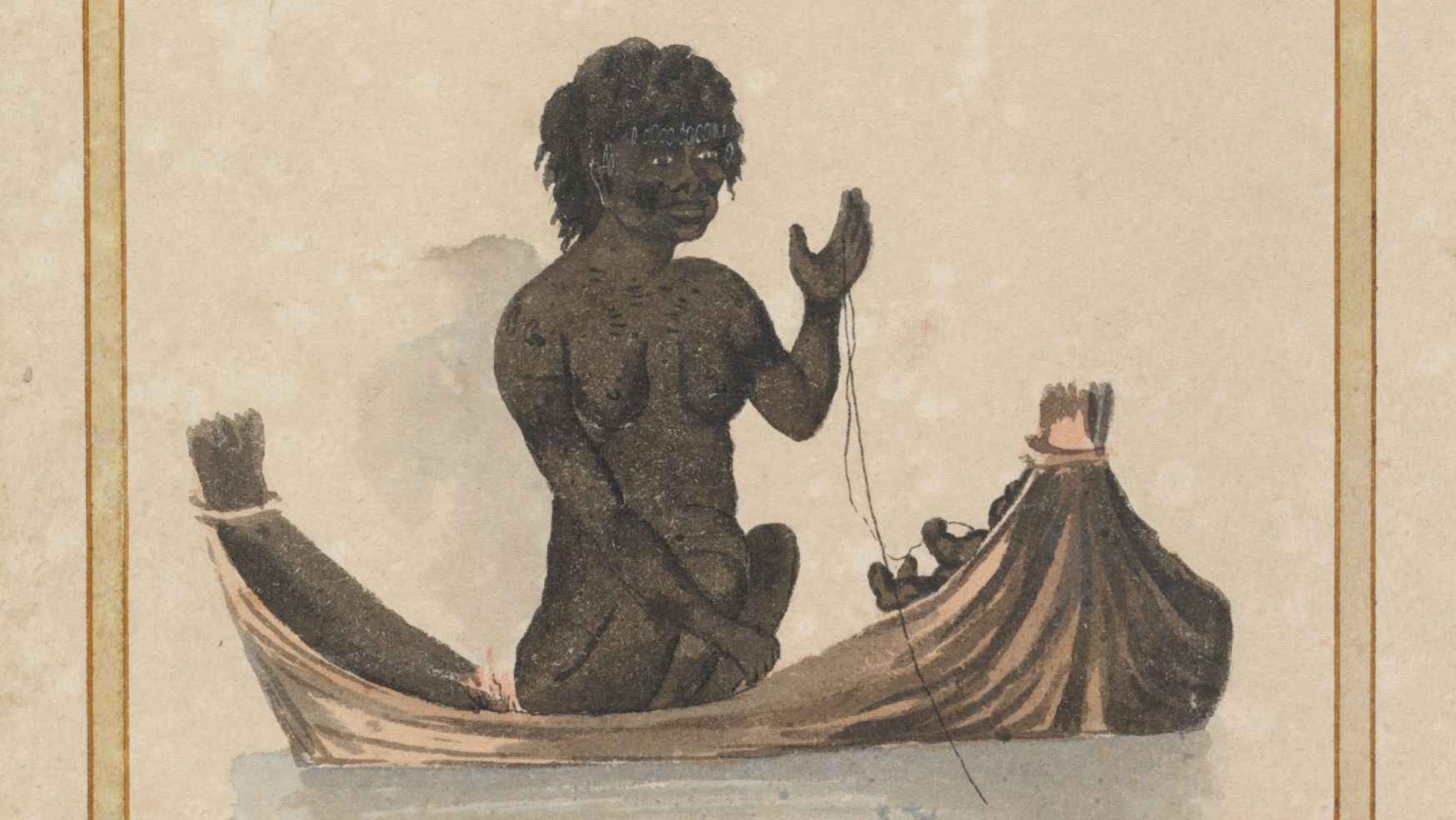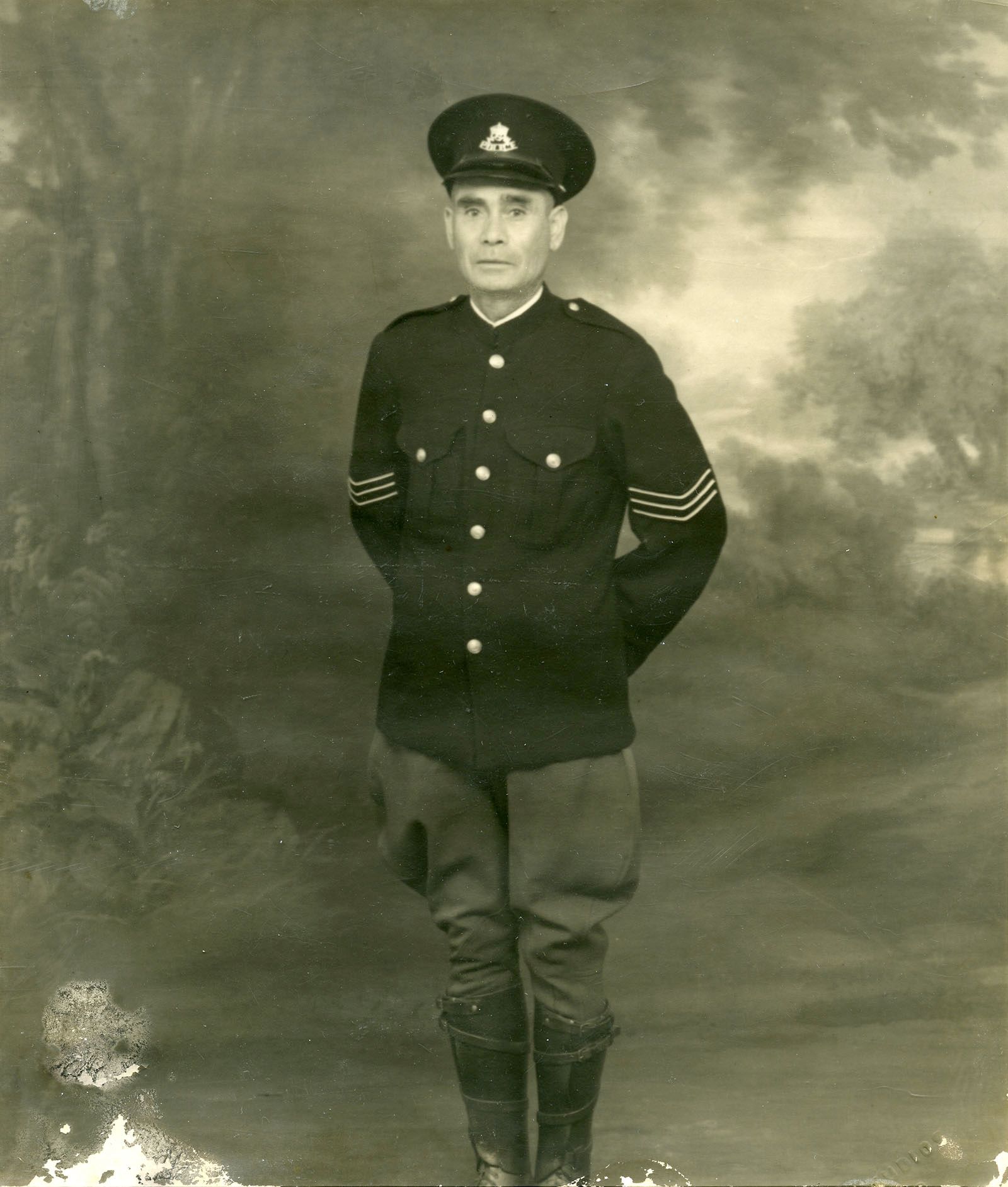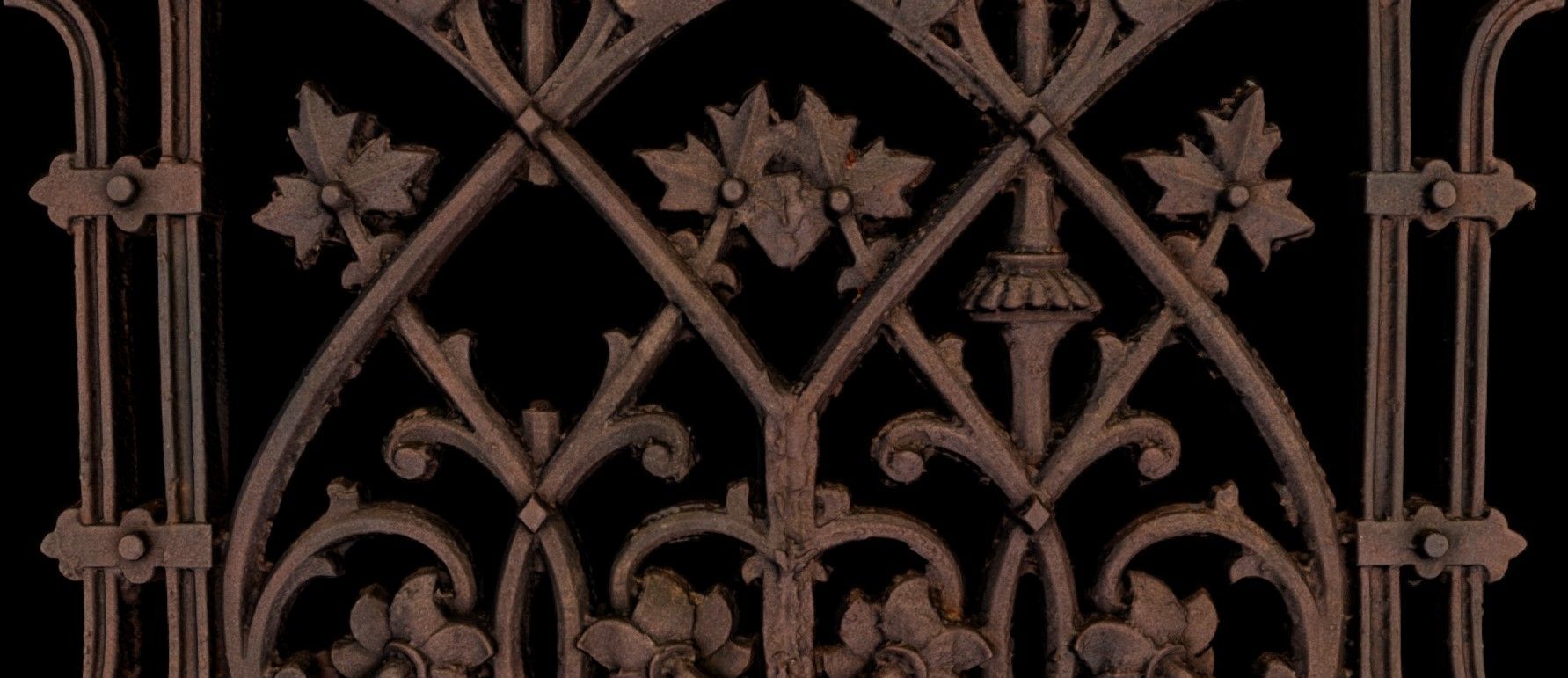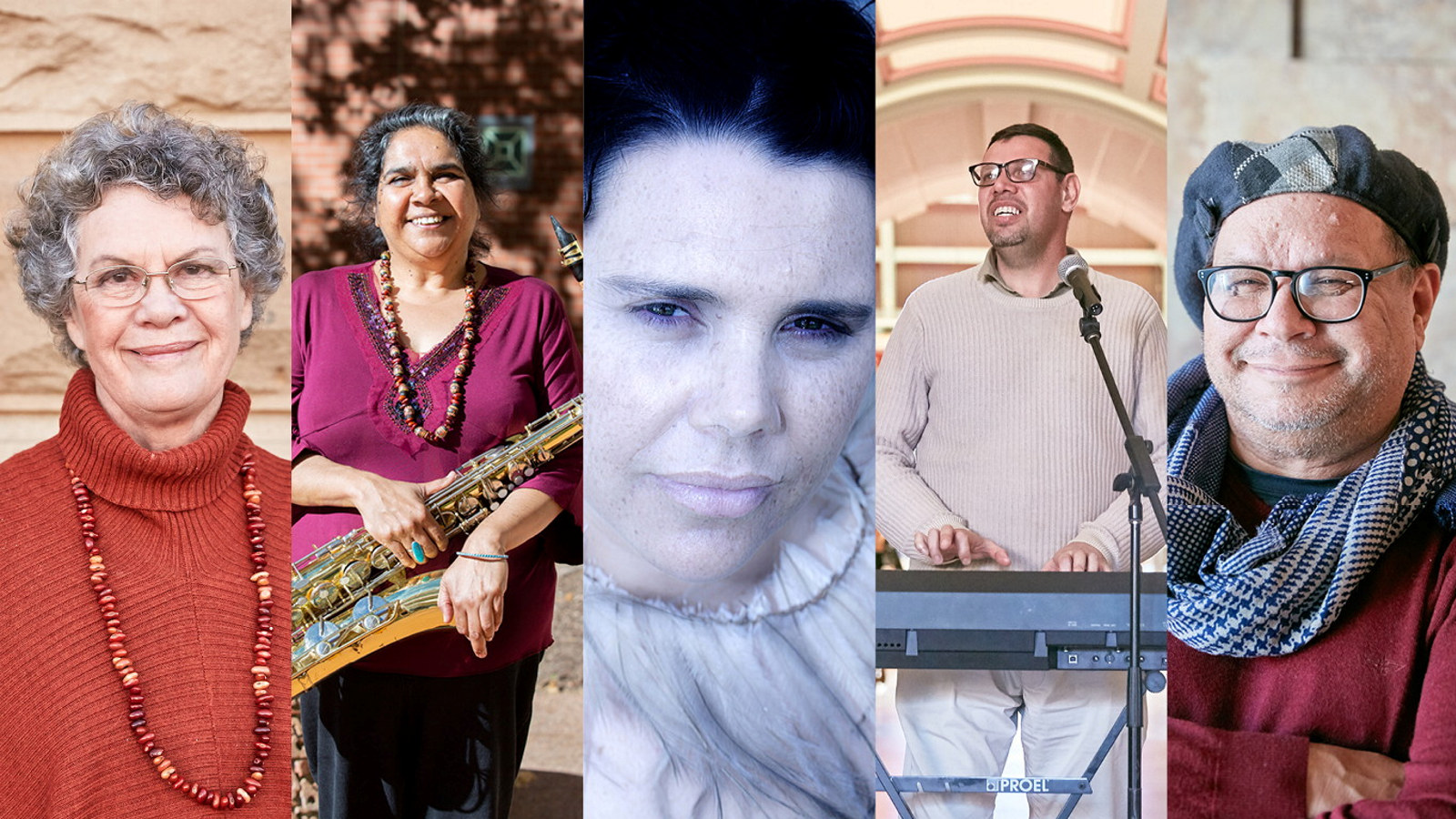Aboriginal trackers & gaol photos
There is growing realisation about the variety of records that reveal details of NSW Aboriginal lives in the 19th century, including those in our Collection.
Historian Michael Bennett speaks about the hundreds of men and potentially more than a few women who worked as trackers for the police, performing a variety of tasks from pursuing criminals to caring for police horses and gruesomely, retrieving drowned bodies from rivers and creeks. Their lives and careers are revealed from police records including salary registers and diaries of duties and occurrences. Tragically, personal details of Aboriginal people are found in gaol records including photograph description books which often record the only depictions of Aboriginal people born in the early 19th century. At a time when efforts are underway to understand the complex and heartbreaking history of Aboriginal interactions with law enforcement, Michael highlights records that Aboriginal people can access to discover more about their own family history on the colonial frontier.

First Nations
A fisher woman of Warrane
Daringa’s short but fascinating life reflects the connection of coastal Aboriginal peoples to the water, and the key role played by women in the fishing economy

Alexander Riley, legendary Aboriginal police tracker
The remarkable talents of Aboriginal trackers who worked for NSW Police in the 20th century are featured in a display at the Justice & Police Museum

Cast in cast out: recasting fragments of memory
An in-depth look at Dennis Golding's experiences and childhood memories of growing up in ‘The Block’

Songs of home
Contemporary First Peoples Composers
Australia holds one of the oldest living cultures in the world, and First Nations music making is the oldest continuing form of music making